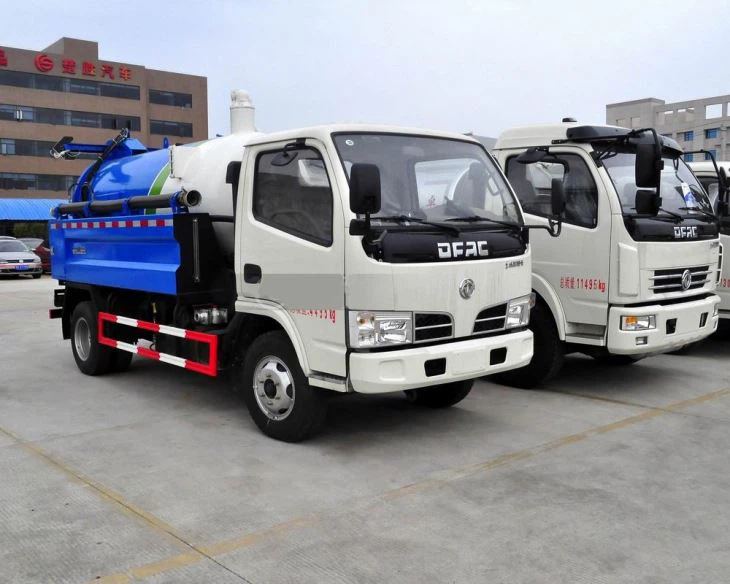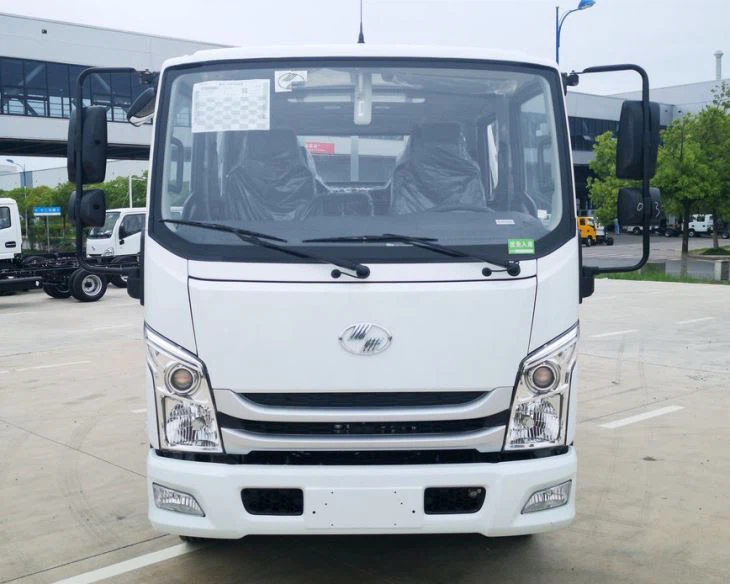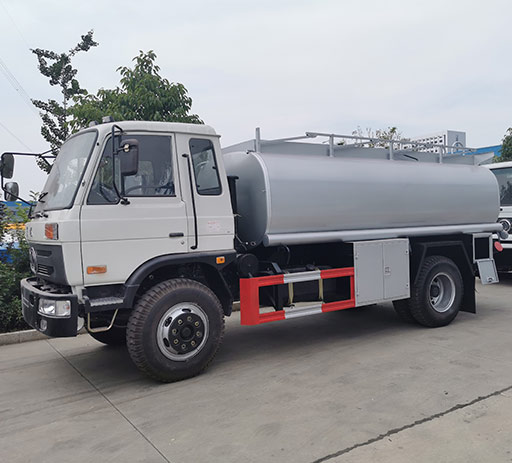Understanding Bucket Truck Dimensions: An In-Depth Guide

Bucket trucks are essential equipment used across various industries, including telecommunications, electrical, and construction. When selecting a bucket truck, understanding its dimensions is crucial for ensuring it can effectively meet your operational needs. This article will provide a comprehensive overview of bucket truck dimensions, helping you make informed decisions.
Table of Contents
- What is a Bucket Truck?
- Types of Bucket Trucks
- Key Dimensions of Bucket Trucks
- Bucket Truck Height
- Bucket Truck Reach
- Width and Weight Considerations
- Choosing the Right Dimensions for Your Needs
- Bucket Truck Dimensions in Practice
- Maintaining Safety with Proper Dimensions
- Frequently Asked Questions
What is a Bucket Truck?
A bucket truck, also known as a bucket lift, cherry picker, or aerial work platform, is a vehicle equipped with a hydraulic lifting system. This system allows operators to reach high places safely and efficiently. Bucket trucks are commonly used for tasks such as tree trimming, maintenance of streetlights, and installing signs.
Types of Bucket Trucks
Bucket trucks come in various types, differentiated by their configurations, sizes, and functionalities. The main types include:
- Telescopic Bucket Trucks: Feature a boom that extends and retracts vertically and horizontally, offering flexibility in height and reach.
- Articulating Bucket Trucks: Have joints in the boom, allowing operation around obstacles. These are ideal for urban settings with many structures.
- Spider Lifts: Lightweight and compact, designed for tight spaces. Often used in maintenance tasks in smaller venues.
- Non-Insulated vs. Insulated Bucket Trucks: Non-insulated trucks are used for general purposes, while insulated ones are designed for electrical work with high-voltage safety standards.
Key Dimensions of Bucket Trucks

When reviewing bucket truck specifications, several key dimensions must be considered. These dimensions include:
| Dimension | Description |
|---|---|
| Height | The maximum vertical reach of the boom and bucket. |
| Horizontal Reach | The furthest distance the bucket can extend horizontally. |
| Working Width | The width of the truck, impacting its stability. |
| Weight | Includes the truck’s total weight, affecting mobility and transportation requirements. |
| Platform Size | The dimensions of the bucket or platform where workers stand. |
Bucket Truck Height
Height is one of the most critical dimensions of a bucket truck. It determines the maximum reach for working at heights. Here are some typical bucket truck height ranges:
- Standard Models: Height typically ranges from 30 to 60 feet.
- Heavy-Duty Models: Can reach heights of 70 feet or more, suitable for high-rise operations.
- Compact Models: Made for smaller spaces, can offer lower heights but maintain a functional reach between 25 to 40 feet.
Choosing the right height depends on your specific job requirements. For instance, if your work primarily involves streetlight maintenance, a truck that reaches 40 feet might suffice. However, for high-rise building maintenance, a 60-foot or taller model will likely be necessary.
Bucket Truck Reach
Horizontal reach complements the height dimension, allowing operators to access areas beyond the vertical line. Typical horizontal reach can vary considerably, usually between 15 to 30 feet for standard models. Here are a few tips on how reach impacts operation:
- Assess job site layouts: Ensure the reach of the boom can cover all necessary areas without repositioning the truck frequently.
- Consider overhanging structures: In urban areas, buildings, wires, and trees can limit horizontal reach, necessitating a model with greater articulation.
- Check operation angles: Some models allow for partial articulation, increasing reach while maintaining safety standards.
Width and Weight Considerations
The width and weight of a bucket truck also play vital roles in its operation. Here’s what you need to know:
- Width: Standard bucket trucks range from 7 to 8.5 feet wide. Ensure adequate space to maneuver in tight areas.
- Weight: Heavier models (typically over 10,000 lbs) may require special licensing for transport and operation. Assess weight ratings during transport planning.
Choosing the Right Dimensions for Your Needs
Selecting an appropriate bucket truck requires an understanding of your operational needs and the constraints of your work environment. Here are practical steps to guide your decision:
- Identify Job Requirements: Determine the highest and furthest points you need to reach.
- Evaluate Work Environment: Consider narrow streets, overhead wires, or other obstacles that may affect the type of bucket truck needed.
- Look at Weight Limits: Understand local regulations related to truck weight and height, especially if operating near busy roadways.
- Consult Experts: Speak with equipment rental or sales professionals to ensure you’re choosing a truck that meets all operational needs.
Bucket Truck Dimensions in Practice
To illustrate bucket truck dimensions in practice, let’s look at a few examples:
- Scenario 1: A telecommunications company needs to access a series of telephone poles along a narrow street. A compact bucket truck with a height of 30 feet and horizontal reach of 20 feet is ideal for maneuvering in tight spaces.
- Scenario 2: An electrical crew working on high-rise buildings might need a bucket truck capable of reaching 70 feet with significant horizontal reach. An articulating model will allow them to navigate around structures effectively.
- Scenario 3: During tree trimming operations in residential areas, a telescopic bucket truck that is 40 feet tall will likely suffice while providing enough reach to maneuver branches safely.
Maintaining Safety with Proper Dimensions
Safety is paramount when operating bucket trucks. Dimensions directly impact stability, so consider these best practices:
- Regular inspections: Check for any mechanical issues with the boom, weight distribution, and operating height.
- Operator training: Ensure that operators are familiar with the specific dimensions and capabilities of the bucket truck.
- Area briefing: Conduct pre-operation reviews of job sites, ensuring that operators know height clearances and horizontal reach limitations.
Frequently Asked Questions
1. How do I determine the right bucket truck dimensions for my project?
Assess your project’s height and reach requirements, considering any environmental obstacles. Consulting with professionals can provide personalized recommendations.
2. What is the average height range for bucket trucks?

Most bucket trucks range from 30 to 60 feet, with specialized models extending even taller.

3. Are there weight restrictions when operating a bucket truck?
Yes, weight restrictions vary by state and local regulations; ensure compliance with these when planning operations.
4. Can bucket truck dimensions affect safety?
Yes, proper dimensions ensure stability and safe access to high areas; incorrect selection can lead to accidents.
5. What should I do if I cannot find a bucket truck with the desired dimensions?
Consider renting or discussing custom solutions with equipment suppliers. Articulating boom models may provide the flexibility needed.
6. What are the consequences of using a bucket truck that is too small for the job?
Using an undersized bucket truck can limit access to work areas, increase the risk of accidents, and lead to inefficient operations.
